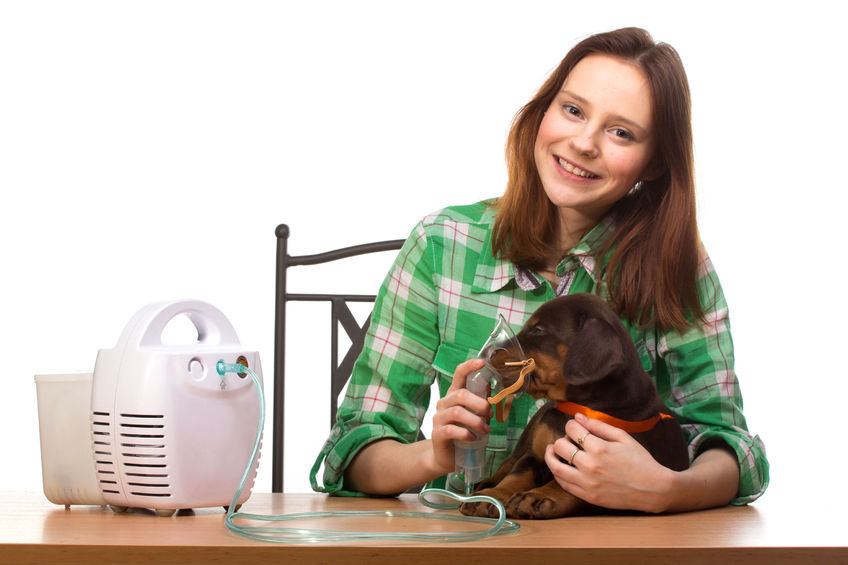Artificial Respirations will save the life of your dog. Artificial respirations is a technique to give life saving oxygen by giving breaths through the snout of your dog. Sometimes when you have to give a dog artificial breaths their heart may or may not still beating.
Breathing difficulties could be a problem by themselves, it can be a secondary more serious problem. Breathing difficulties indicates that there can be problems in other part of the body.
What To Watch For
What you need to look for according to Pet MD is light breathing, uneven breathing, and panting can all be signs there is something wrong. If you see these signs for long periods of time there is a possibility of shock. Other signs of breathing difficulty is intolerance to exercising, lethargy and standing with elbows out.
Primary Causes
The primary causes of breathing difficulties that lead to artificial respirations is shock, bacteria infections in the lungs, heat stroke, bloating, heart worm disease, and respiratory malfunctions. Your dog could also have an airway obstruction and choke, which can lead to artificial respirations.
Immediate Care
There are two ways to give artificial respirations
Compression Method
The artificial respiration technique applies force to the chest walls, by moving the air out. The elastic recoil of the chest will draw air back in.
- check the pulse or heartbeat of the dog.
- Lay the dog on his/her right side.
- Pull the tongue forward and clear the airway; check for foreign particles in the mouth. If needed perform abdominal thrusts.
- Place your hands on the chest and firmly press down. You should be able to hear the air move out.
- Stop press to allow air to move back in.
- Repeat until the dog starts to breath on their own.
Mouth to Nose Technique (use this if the compression method does not work.)
- Lay dog on right side
- Pull the tongue out to the front of the mouth, just in line with the canine teeth so that you can close the mouth without the tongue being in the way.
- Check for foreign particles in the mouth and/or throat and clear the airway.
- Put your mouth near the nose and slowly blow into the nostrils until you see the chest expand. (Any excess air will be released through the dog’s mouth.)
- Remove your mouth and allow the lungs to deflate.
- If the chest does not expand, blow with more force, closing your hand around the muzzle to seal the lips.
- Repeat steps 4 and 5 every two to three seconds until the dog starts to breathe on his own, checking the pulse once per minute.
- If the dog’s heart stops, use both CPR and artificial respiration procedures.
- Seek help from your vet or an emergency hospital as soon as possible.
Veterinary Care
Your vet will be able to identify the underlying cause of the dog’s breathing difficulties using a variety of procedures, including chest radiographs, pulse oximetry, and blood gas measurement. Treatment will depend on the diagnosis.
Prevention
Breathing difficulties stem from so many causes that it’s difficult to prevent them. Exercise, a healthy diet, and good everyday care all contribute to the prevention of respiratory problems. Removing small, interesting objects lying around the home (or around the yard) can also help prevent accidental swallowing by an inquisitive pet.
